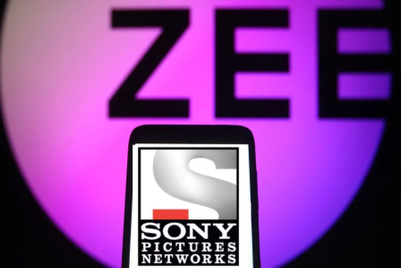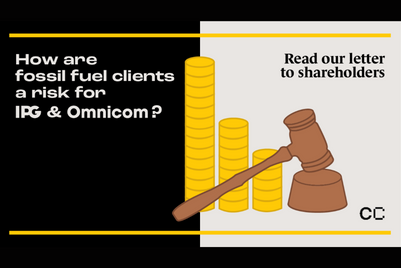
Local holding groups and companies represented the largest M&A deals in Asia through August 2014, with the multiple acquisitons from China’s New Culture, LEO Group, Bluefocus and Spearhead leading the way.
"The paradigm has shifted this year," said Greg Paull, principal of R3, which compiled the monthly table that records the total sales value of global M&A deals. "Locally listed firms have strong balance sheets and stock prices, and see this as the best opportunity to growth."
Globally, most acquisitions are moved by digital ambitions. Publicis Groupe’s acquisition of Hawkeye, Interpublic’s investment in Profero and Dentsu’s move on MTKG all reflected the desires of these holding companies to boost digital assets through M&A. “In many cases, clients and consumers are moving faster than holding companies—so acquisitions have proved a faster way to close the gap,” added Paull.
In Asia Pacific, four of the top five deals—New Culture’s acquisition of Tulip and Dakesi; LEO Group's takeover of Arkr Group, Amber Communications and Media V; Bluefocus’s move on Phluency; and Spearhead’s merger with D&S—came from within mainland China.
The only M&A deal by a multinational to make the top five in Asia this year was WPP’s investment in China's XMKT Marketing and Egift Design and Production along with Vietnam's Sofresh. While WPP is second in the APAC M&A league with at a total of US$48 million, its investments within China place it only in fourth position in the country's league.
R3 reviews public information and uses its own estimates to calculate the final transaction price of each deal. Regardless of earnout terms, R3 assumes the full sale amount of acquisitions at the time of sale. It claims to apply a consistent multiplier to the estimated revenue of all agencies acquired. This may explain why some purchase prices differ from what been reported in Campaign Asia-Pacific and elsewhere, sometimes by as much as half of actual prices.





.jpg&h=334&w=500&q=100&v=20250320&c=1)

.jpg&h=334&w=500&q=100&v=20250320&c=1)

.jpg&h=334&w=500&q=100&v=20250320&c=1)


.jpg&h=334&w=500&q=100&v=20250320&c=1)
.jpg&h=334&w=500&q=100&v=20250320&c=1)
.jpg&h=334&w=500&q=100&v=20250320&c=1)



.jpg&h=268&w=401&q=100&v=20250320&c=1)
+(900+x+600+px)+(4).png&h=268&w=401&q=100&v=20250320&c=1)
.png&h=268&w=401&q=100&v=20250320&c=1)
+(900+x+600+px)+(3).png&h=268&w=401&q=100&v=20250320&c=1)
+(900+x+600+px)+(1).png&h=268&w=401&q=100&v=20250320&c=1)